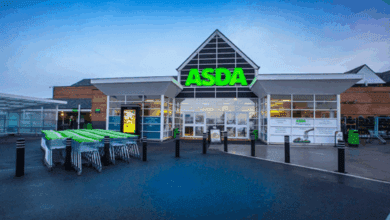John Lewis and Waitrose cut heating and lighting to tackle bills
It comes as the John Lewis Partnership, which includes Waitrose, reportedly said its energy bill could soar £18m over budget

Register to get 1 free article
Reveal the article below by registering for our email newsletter.
Want unlimited access? View Plans
Already have an account? Sign in
John Lewis and Waitrose are set to reduce their energy consumption this winter, with the department store cutting its heating and the supermarket dimming its lights in a bid to control high energy costs, The Guardian has reported.
It comes as the John Lewis Partnership, which includes Waitrose, reportedly said its energy bill could soar £18m over budget.
An internal memo seen by the Guardian said that the group faces “£18m energy cost overspending against our original predictions” for the financial year to the end of January if no intervention is made.
The email to staff reportedly said that next year’s forecast was “equally challenging”, with the group now targeting savings of £9m in the next 12 months through changes to environmental settings.
According to the Guardian, the memo also said that between now and 30 December 2022, the temperature of its branches, offices and distribution centres will be reduced by 2 degrees with systems switched to eco mode.
In Waitrose, the brightness of lights and number of lights switched off will vary between stores, while John Lewis is said to be conducting lighting surveys to “explore further reduction opportunities”.
Other potential options reportedly include placing “night blinds” on fridges and switching off unnecessary equipment and lighting in areas that are not being used.
Under the plan, Waitrose stores will operate on “half lighting” for the first two hours of trading from Monday to Friday.
“As well as improving sustainability, reducing overheads helps keep prices low for customers. The small changes to lighting and heating are just part of our plan, and will be kept under review to make sure it doesn’t impact customers’ shopping experience.”






